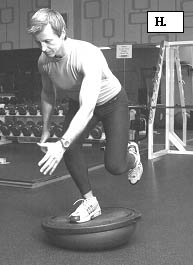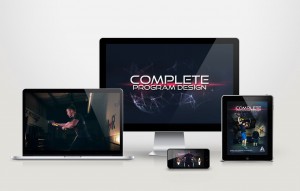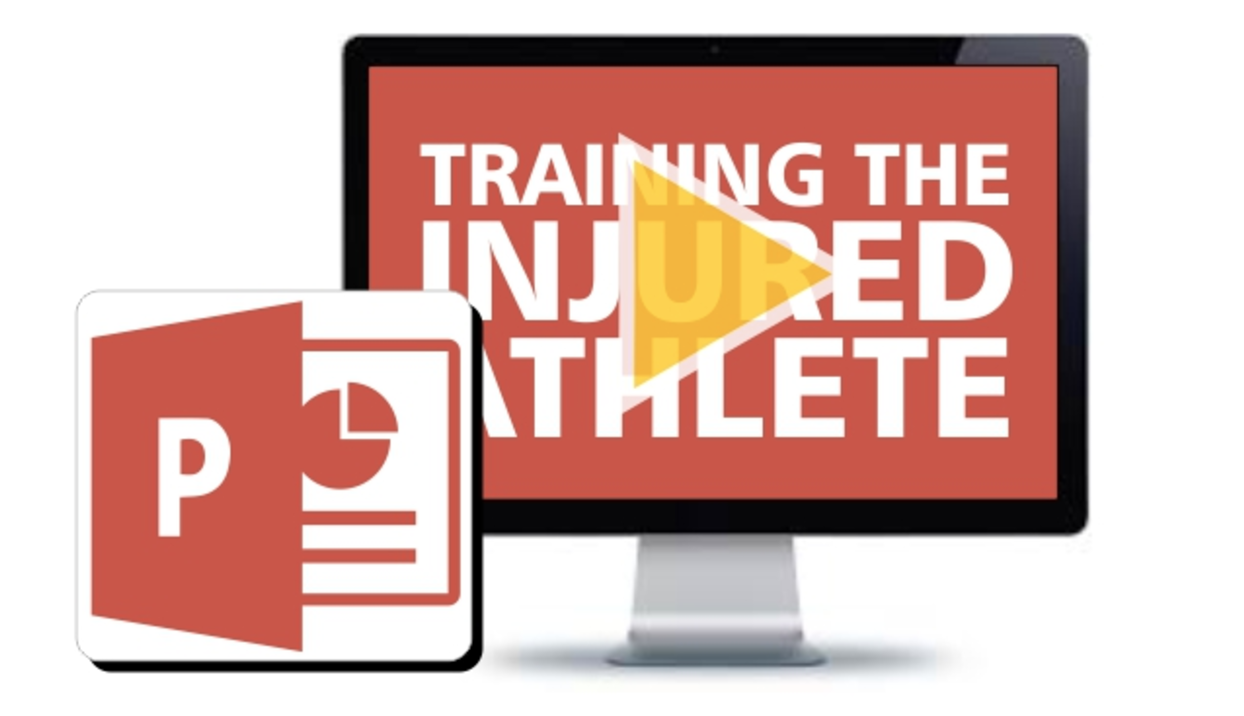Beating ACL Injuries Part II
By: Dr Evan Osar
As mentioned in part I, ACL injuries are a common place in sports requiring rapid acceleration/deceleration movements. Several mechanisms for injury were proposed including poor neuromotor recruitment, previous ankle injuries and improper landing mechanics. The importance of proper squat mechanics were discussed as these mechanics will set up the mechanics necessary for many of the lower extremity patterns that will be discussed in Part II of Beating ACL Injuries.
The program is fairly simple in nature. Once core function as well as hip and lower extremity function have been normalized, the focus will turn to posterior chain mechanics with an emphasis on single leg mechanics. Once the exercises are mastered individually, the exercises are performed in superset fashion to build up the athlete’s endurance.
Ball Bridges
Ball bridges are a staple in most conditioning programs and for good reason. They are an effective way to train the extensor chain (gluteus maximus, hamstrings and calve complex) through both the hips and the knee regions. Additionally, the hamstrings are key muscles that maintain stability of the knee complex and act as primary restraints to knee rotation. The key to the movement is to maintain a neutral spine position with core activation during the exercise. The legs are positioned with the feet placed flat on the ball. The hips are lifted from the ground by pushing through, not squeezing, of the gluteus maximus (figures A & B). The position is held for a count of three seconds and then lowered to the floor.
Stability Ball Bridges

Stability Ball Bridges With Leg Curl
The stability curl is a common movement that conditions both hip extension and knee component of the hamstring complex. The athlete performs a bridge movement and then curls the ball in toward the hips (figures C & D). This position is held for a count two and then slowly returned to the starting position under control. Do not allow the hips to drop or the spine to hyperextend during the movement.

Stability Ball Bridges With Single Leg Lift Off
The next progression is the single leg lift off. Lifting the leg off the ball dramatically increases the demands on the extensor chain as well as the core musculature to ensure trunk and pelvic stability. Perform the similar movement as the ball bridge described above. While holding the position, lift one leg off the ball and hold the position for a count of three (figures E & F). Place the leg back on the ball and repeat with the other side.

 Single Leg Reach
Single Leg Reach
The single leg reach (SLR) is one of the most effective and functional exercises that can be performed to enhance lower extremity mechanics. It is important that the athlete has a solid single leg stance posture prior to performing this exercise. The benefit of the SLR is that it targets the posterior chain (hamstring, gluteus maximus and calves) while developing stability through the entire lower extremity. Begin by having the athlete stand on one leg. Have the individual maintain core control as they begin by first bending at the hip, then the knee and finally at the ankle. The athlete will reach the contralateral hand forward as they are bending the leg (figure G). This effectively loads the posterior oblique chain (latissimus dorsi, thoracolumbar fascia and contralateral gluteus maximus). This movement can be progressed by having the individual perform the movement with greater speed or by loading the reaching hand with a cable, dumbbell, or racquet for the racquet athlete. This movement can be challenged by having the individual perform the SLR while standing on a labile surface such as an Airex pad, balance board or BOSU (figure H).
 The full range reach combines both an anterior and posterior reach. It is an excellent move for developing single leg stability with core control in any athlete that performs overhead movements including basketball players, those in racquet sports, and volleyball players. The movement begins with an anterior reach (figure I). As the athlete returns to the upright position, they reach back overhead by extending primarily through the hip complex (figure J). The athlete holds the position for a second and then returns to the starting position. As with the previous movements, it can be loaded with dumbbells, bands, or cables.
The full range reach combines both an anterior and posterior reach. It is an excellent move for developing single leg stability with core control in any athlete that performs overhead movements including basketball players, those in racquet sports, and volleyball players. The movement begins with an anterior reach (figure I). As the athlete returns to the upright position, they reach back overhead by extending primarily through the hip complex (figure J). The athlete holds the position for a second and then returns to the starting position. As with the previous movements, it can be loaded with dumbbells, bands, or cables.

Conclusion
Injuries to the anterior cruciate ligament are both common and a risk in many sports requiring rapid acceleration and deceleration. This two part series has given several of the more common causes of ACL injuries as well as outlined a corrective strategy for improving the stabilization of the lower kinetic chain. As part of a well designed conditioning program, this approach develops increased stabilization of the lower kinetic chain to not only help prevent ACL injuries but additionally improve performance of any athlete seeking improved knee stabilization.
Recommended Athletes' Acceleration
Products
About The Author:
Dr. Evan Osar received his bachelor in science and degree in chiropractic from the Palmer College of Chiropractic. He has also received a diploma in clinical massage therapy from the Soma Institute for Clinical Massage Therapy and national certifications from the National Academy of Sports Medicine and the National Strength and Conditioning Association. He holds a faculty position at the Soma Institute for Clinical Massage Therapy where he teaches Kinesiology and Clinical Integration, and has authored a manual on functional anatomy and training.
To learn more about Dr. Osar or to contact him go to his website: www.osarconsulting.com





1 Comment for “Beating ACL Injuries Part II”